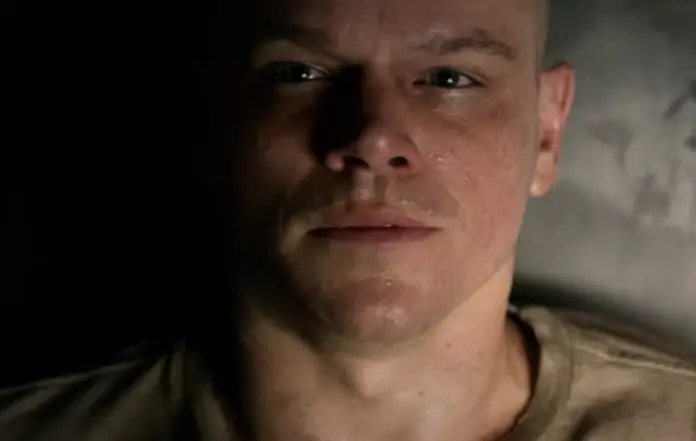For a long time, foreign productions have shown stories in which Mexico has a “bad” image based on stereotypes and prejudices that continue to spread around the world.
Although the recent release of Emilia Pérez caused great controversy among the Mexican public due to racist comments from both the director and some members of the cast, it is not the first time that messages have been spread that our country is highly unsafe or precarious, since there is a great variety of films that base their story on these beliefs and only reproduce images of areas that are going through difficulties.
In addition, each of these films spreads the idea that Mexico is a country in which only conflicts occur because people are corrupt, people live off drug trafficking, and the idea that everyone is a criminal is distributed. As an example of this, today we share five films that show that this foreign idea has been present for years.
In 2000, Traffic, a crime drama film directed by Steven Soderbergh. The film, starring Michael Douglas, Benicio del Toro and Catherine Zeta-Jones, shows a cliché vision in which Mexico is portrayed as a problematic country due to drug trafficking.
While it is true that this situation is present in the country, it is important to consider that, as they are foreign productions, they have a certain unreality and even a bias, since everything is always shown from their perspective because they are not completely immersed in the context.

Man on Fire is a 2004 action film in which Denzel Washington plays an ex-policeman who must save the daughter of a tycoon, who was kidnapped in Mexico. In the capital there is a wave of kidnappings of children of wealthy families and the production shows a corrupt Mexico.
Although these problems do afflict the country, it is not the only thing that happens. The film also shows journalists who offer sexual favors in exchange for information and even uses Carmen Salinas to play a criminal.
Truths That Kill is a 2006 production in which Jennifer Lopez plays a journalist who arrives in Ciudad Juarez to investigate more about femicides. Although the topic it addresses is still relevant, the film shows characteristics that are very latent in American films that resort to showing a desert Mexico, with a characteristic yellow tone that American films resort to and even portrays newsrooms lacking technology.
Sex and the City: The Movie is a 2008 film in which an American named Charlotte, played by Kristin Davis, travels to a hotel in Los Cabos, Baja California, with her friends after her boyfriend leaves her on their honeymoon trip. While in Mexico, the protagonists refuse to eat typical dishes and limit themselves to eating pudding, but the girlfriend suffers from diarrhea after drinking water from the shower, which also shows a conception that the country is unhealthy.

Catch the Gringo is a 2012 film in which Mel Gibson is a criminal who has been locked up in a Tijuana jail. The film proposal again resorts to stereotypes, as the theme of “the cockroach” is present and shows an exaggerated decadence that even falls into unreality. It also presents a level of corruption without limits that, according to the American vision, operates in Mexico.
The scenes of this dystopian story were recorded in marginalized and vulnerable areas of Mexico. (Sony Pictures)
Elysium is a 2013 science fiction film directed by Neill Blomkamp and the story follows Max Da Costa, played by Matt Damon, an ex-convict who works in an Armadyne factory in the ruins of Los Angeles. After a work accident that exposes him to lethal levels of radiation, he discovers that he has only five days to live.
Fired for not having health insurance, he seeks a solution to save himself and his only hope is to infiltrate Elysium and use a machine to cure himself. At the moment they decide to portray a contrast of environments, the class struggle between elites and marginalized communities within a post-apocalyptic world as well as scarcity of resources, pollution and garbage dumps full of waste, they decided to film on the Xochiaca riverbank.
To give an idea of how the Californian population would live in 130 years, they went to the eastern part of the capital and filmed the scenes in which the protagonist fights on the earth’s surface.
In addition, some residents of the area belonging to the Neza 2 and 3 garbage dumps participated as extras and even highlighted in a report made by La Jornada that scavengers from adjacent areas participated in the Hollywood film and did not require makeup, costumes or transportation because the scenes were recorded in front of their homes built with sheets of metal.
Source: infobae




